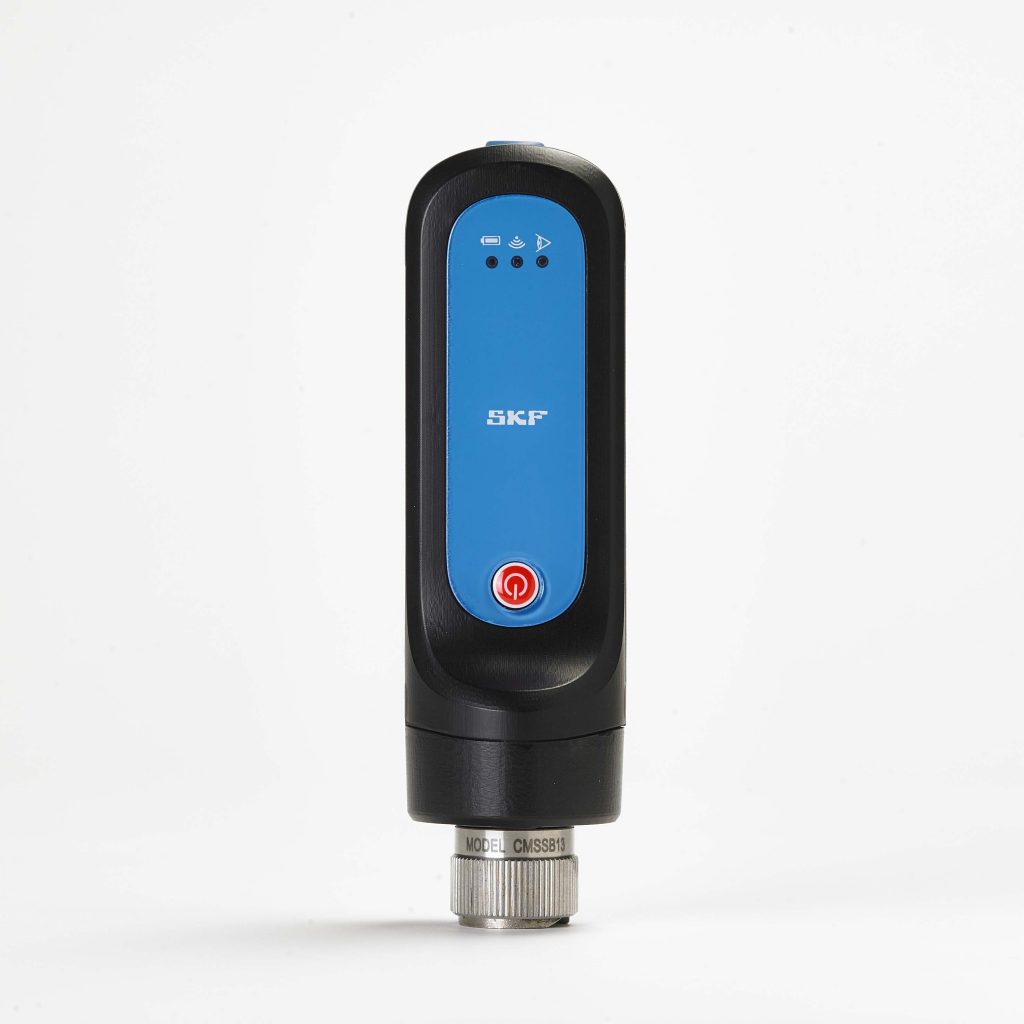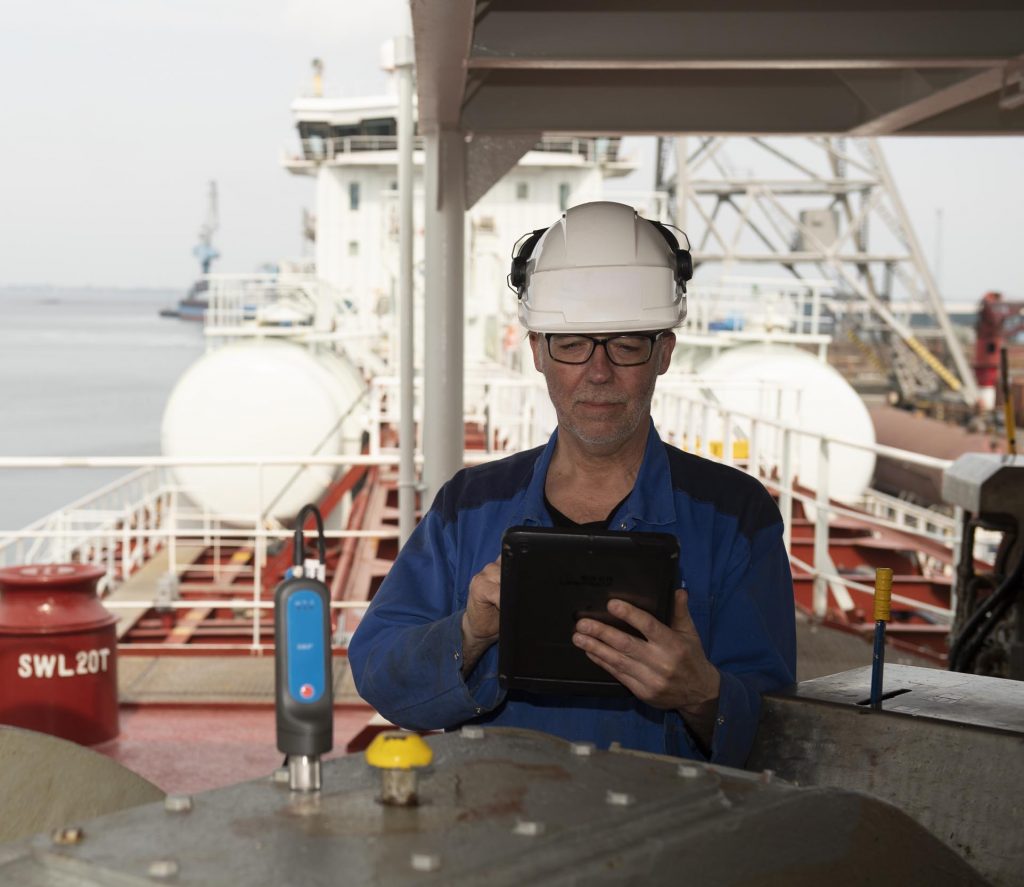
SKF’s marine condition monitoring kit is helping a leading ship operator to manage costs and prevent equipment failure across its fleet.
Gothenburg, 14 January 2020: A condition-based monitoring program, devised for the marine industry by SKF, enables ship operators control costs and avoid damaging equipment breakdown.
One leading operator, Capital Ship Management Corp. (Capital), has been investigating condition monitoring strategies since 2006, in order to reduce the maintenance costs and minimize the unexpected machinery & equipment breakdown. Together with SKF, Capital came up with an effective strategy by utilizing a new handheld device, launched recently by SKF; the SKF Quick Collect. The company has implemented the solution across a fleet of 30 vessels, with a plan to extend the program for the whole fleet of 56 vessels. SKF helped the company to determine which onboard machines should be regularly monitored.
SKF’s equipment supports ship operators such as Capital to improve the reliability of operations. Onboard engineers use the handheld device to collect vibration data from critical machinery including cargo pumps, engine room fans, compressors, purifiers and electric motors.
George Ioannidis, Technical Fleet Director at Capital. says: “The SKF QuickCollect portable vibration measuring instrument helps us to have quick and reliable results for immediate action and reduces the cost of repairs dramatically. Furthermore, the onboard engineers now using this vibration device may collect vibration data from all critical and non-critical machinery, including cargo pumps, engine room fans, compressors, purifiers, electric motors etc. and present detailed vibrations reports to class surveyors during periodical machinery survey (CMS).”

The device is small, portable and offers a fast, convenient way of monitoring the condition of critical machinery. The quick and accurate vibration data analysis and its ease of use, makes it a powerful diagnostic tool, not only for all Chief Engineers but also for office technical superintendents.
It provides vibration data in real time, allowing engineers to carry out maintenance and replace components immediately if required. It collects velocity, acceleration enveloping and temperature data and connects with mobile apps such as QuickCollect and ProCollect, accessed via a tablet or smartphone. It’s easy-to-understand interface means that even a non-trained user can understand its principle of operation and validate results of the vibration data measurements. The system can be customized for different marine customers, depending on their specific needs.

Vibration data can be viewed in real-time through the app or downloaded and reviewed using Analysis and Reporting Manager (ARM) software on any accessible PC. Data can also be uploaded to the cloud, allowing SKF’s onshore vibration analysts to make a more detailed assessment and prepare a report if needed.
“By giving operators access to data that helps them prioritize maintenance work, our solutions directly support them in preventing unexpected failures and reducing operating costs.”, says Petros Petritis, SKF Marine Sales Manager.
Capital’s fleet includes 48 tankers (10 VLCCs, 4 Suezmaxes, 7 Aframaxes, 26 MR/Handy product tankers and 1 small tanker), 7 LNG Carriers, 1 modern Capesize bulk carrier with a total dwt of 6.50 million tons approx.
SKF’s mission is to be the undisputed leader in the bearing business. SKF offers solutions around the rotating shaft, including bearings, seals, lubrication management, condition monitoring and maintenance services. SKF is represented in more than 130 countries and has around 17,000 distributor locations worldwide. Annual sales in 2018 were SEK 85 713 million and the number of employees was 44,428. www.skf.com
® SKF is a registered trademark of the SKF Group.